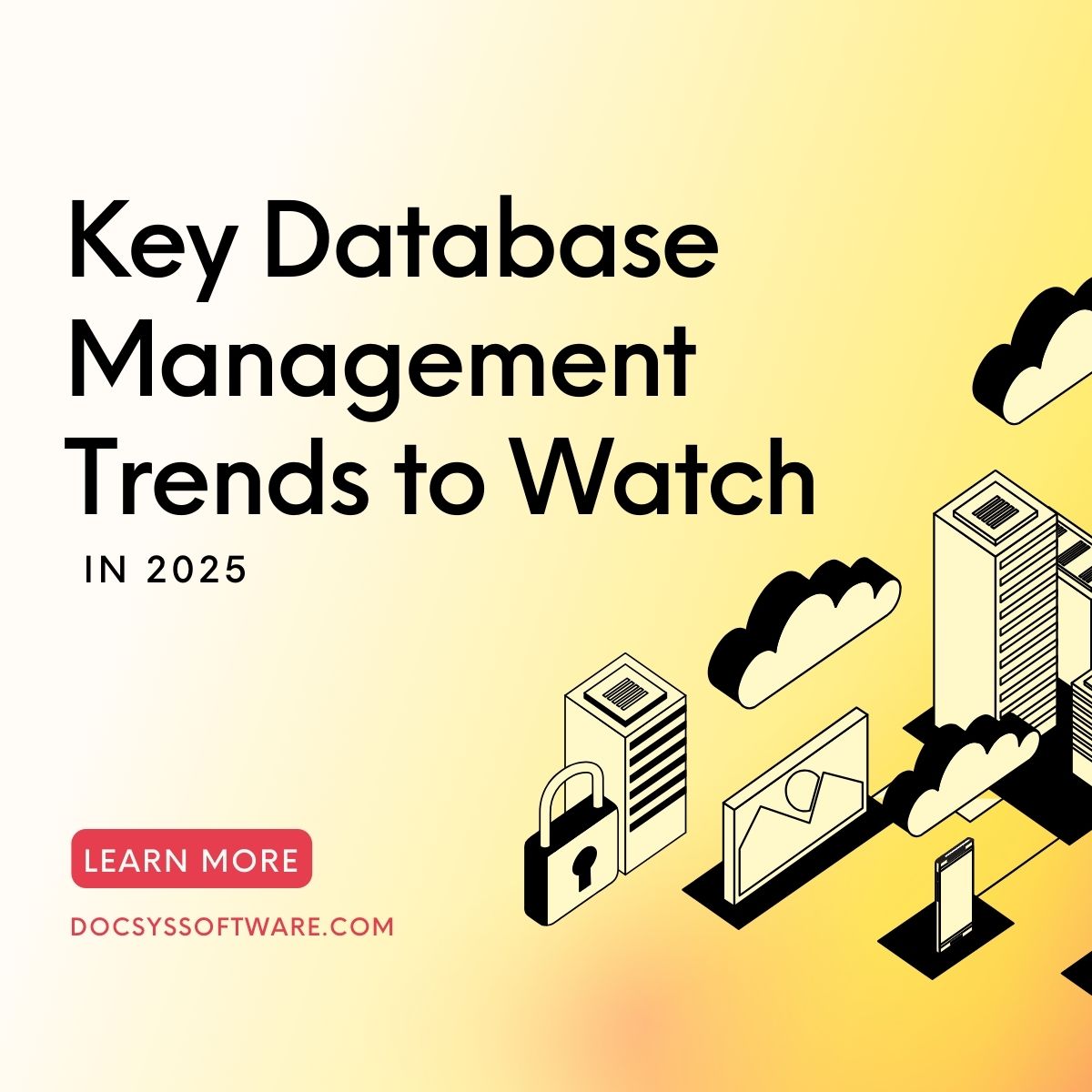The Future of Database Management: What Lies Ahead?
In today’s data-driven world, businesses rely on databases more than ever. As we move into 2025, emerging technologies and shifting business needs are transforming how we manage, store, and optimize data. Companies must stay ahead of these trends to ensure seamless operations, robust security, and scalable infrastructure. Let’s explore the top database management trends shaping the future.
1. Cloud-Native Databases Continue to Dominate
Cloud adoption is no longer a choice; it’s a necessity. Businesses are increasingly shifting to cloud-native databases to improve scalability, accessibility, and performance. Leading cloud providers like AWS, Azure, and Google Cloud offer managed database services that handle everything from backups to security patches. The result? Reduced infrastructure costs and improved database performance, allowing businesses to focus on innovation rather than maintenance.
2. AI and Machine Learning for Database Optimization
Artificial Intelligence (AI) and Machine Learning (ML) are revolutionizing database management by automating optimization, anomaly detection, and predictive analytics. These technologies can automatically tune queries, detect inefficiencies, and optimize indexing strategies—boosting database performance without human intervention. This ensures databases run efficiently while minimizing manual effort.
3. Edge Computing and Distributed Databases
With the rise of IoT and real-time applications, edge computing is becoming essential. Distributed databases allow businesses to process data closer to the source, reducing latency and improving speed. Companies leveraging distributed databases experience faster responses, better user experiences, and more efficient resource allocation.
4. Enhanced Security and Compliance Measures
As cyber threats evolve, so do security measures. Businesses are prioritizing database security with advanced encryption, zero-trust frameworks, and automated compliance monitoring. Data privacy laws like GDPR and CCPA continue to shape how organizations handle data, requiring businesses to implement stricter controls. Proactive security measures not only protect sensitive information but also enhance customer trust.
5. Automation in Database Administration
Database administrators (DBAs) are now leveraging automation tools to streamline tasks such as backup, recovery, patching, and performance tuning. Automated database management not only reduces human error but also improves operational efficiency, allowing businesses to maintain high database performance with minimal downtime.
6. Hybrid and Multi-Cloud Strategies
Many businesses are adopting hybrid and multi-cloud database strategies to avoid vendor lock-in and ensure high availability. By distributing workloads across multiple cloud providers, companies can optimize costs, enhance disaster recovery plans, and improve database performance across global operations.
7. Graph Databases Gain Popularity
Traditional relational databases struggle with complex relationships in large datasets. Graph databases, such as Neo4j and Amazon Neptune, are gaining traction due to their ability to efficiently manage interconnected data. Businesses using graph databases experience better search capabilities, fraud detection, and recommendation engines—key for industries like e-commerce and finance.
8. Serverless Databases for Cost Efficiency
Serverless databases are growing in popularity because they eliminate the need for businesses to manage infrastructure. With serverless database solutions, companies only pay for the resources they use, optimizing costs while maintaining high database performance. This approach is ideal for startups and enterprises looking for scalability without hefty investments in hardware.
9. Blockchain for Data Integrity
Blockchain technology is making its way into database management by providing an immutable ledger for secure transactions and data verification. Businesses leveraging blockchain databases can enhance security, transparency, and trust in data-sharing environments.
10. Real-Time Analytics for Faster Decision-Making
Modern businesses need instant insights. Real-time database analytics enable companies to process and analyze vast amounts of data in milliseconds. By integrating real-time analytics into their database management strategies, businesses can make data-driven decisions faster and stay ahead of the competition.
Final Thoughts
Database management is evolving rapidly, and businesses that adapt to these trends will gain a competitive edge. Whether it’s leveraging AI for database performance, enhancing security measures, or adopting cloud-native databases, staying updated is crucial. At Docsys Software Services, we specialize in database management solutions tailored to your business needs. Contact us today to optimize your database performance and future-proof your infrastructure.









